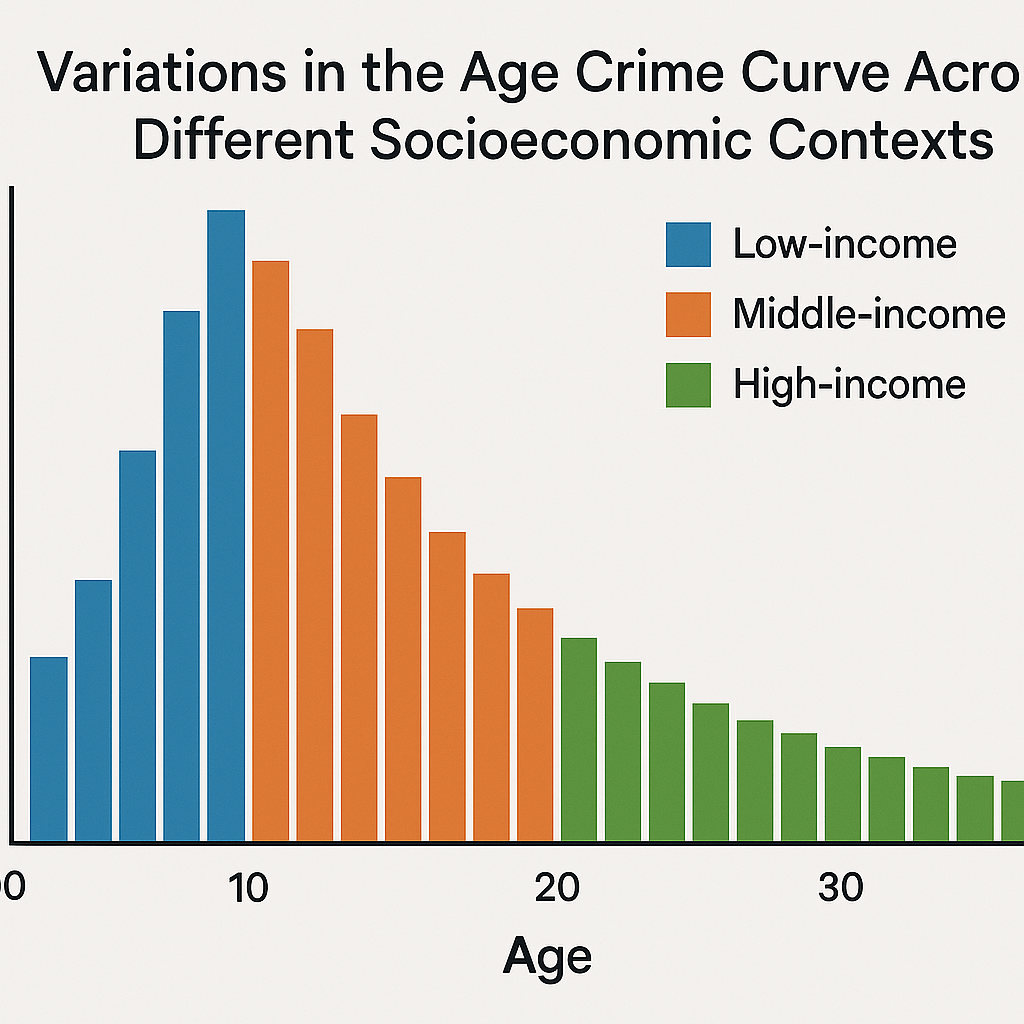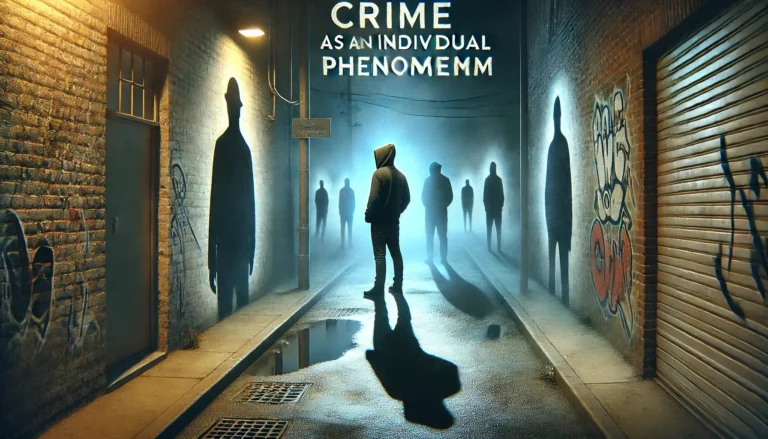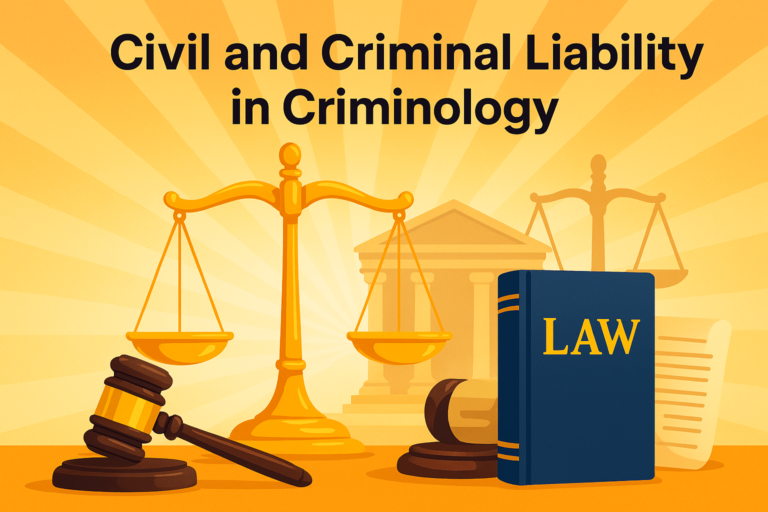The Age-Crime Curve in Criminology: Understanding Patterns of Criminal Behavior
Introduction: age and crime
The study of criminal behavior over the life course has long intrigued criminologists. One of the most consistent findings in the field of criminology is the relationship between age and crime, commonly referred to as the “age-crime curve.” This curve demonstrates that criminal behavior tends to increase during adolescence, peaks in the late teenage years, and gradually declines throughout adulthood. This pattern holds true across time, culture, and types of crimes, making it one of the most robust empirical generalizations in criminology.
This article delves into the concept of the age-crime curve, examining its historical development, theoretical explanations, social implications, and relevance in contemporary criminal justice policies. By understanding the dynamics of this curve, scholars and policymakers can design more effective prevention and intervention strategies tailored to different age groups.
Understanding the Age-Crime Curve
The age-crime curve is a graphical representation of the distribution of criminal behavior across different age groups. Typically, the curve starts with low levels of offending in childhood, rises sharply during adolescence, peaks in the late teens or early twenties, and then declines gradually throughout the rest of the individual’s life.
This pattern has been confirmed through numerous longitudinal and cross-sectional studies. The consistency of the age-crime curve across various contexts suggests that age is one of the most significant predictors of criminal activity.
Historical Perspectives
The correlation between age and crime has been observed for centuries. Early criminologists such as Adolphe Quetelet in the 19th century were among the first to document this relationship statistically. Quetelet’s work laid the foundation for the quantitative analysis of crime and helped establish age as a critical variable in criminological research.
Since then, the age-crime relationship has been reaffirmed by numerous empirical studies, with researchers employing increasingly sophisticated methodologies to explore its nuances.
Theoretical Explanations
Several criminological theories attempt to explain the age-crime curve:
Biological and Psychological Theories
These suggest that hormonal changes during adolescence, such as increased testosterone levels, may contribute to heightened aggression and risk-taking behaviors.
Social Learning Theory
According to this theory, adolescents are more susceptible to peer influence and may adopt delinquent behaviors from their social circles.
Control Theory
This theory posits that social bonds (family, school, work) are weaker in adolescence and strengthen as individuals mature, leading to reduced criminal behavior over time.
Strain Theory
Adolescents may experience a gap between societal expectations and accessible means to achieve them, leading to frustration and, potentially, criminal activity.
Life-Course Theories
These emphasize the role of significant life events (e.g., marriage, employment) in redirecting individuals away from criminal paths.
Gender and the Age-Crime Curve
While the age-crime curve applies to both males and females, the peak and intensity of offending tend to be higher for males. Males generally exhibit a sharper increase in criminal behavior during adolescence and a more pronounced decline in adulthood. However, female criminality follows a similar pattern, albeit with lower overall offending rates.
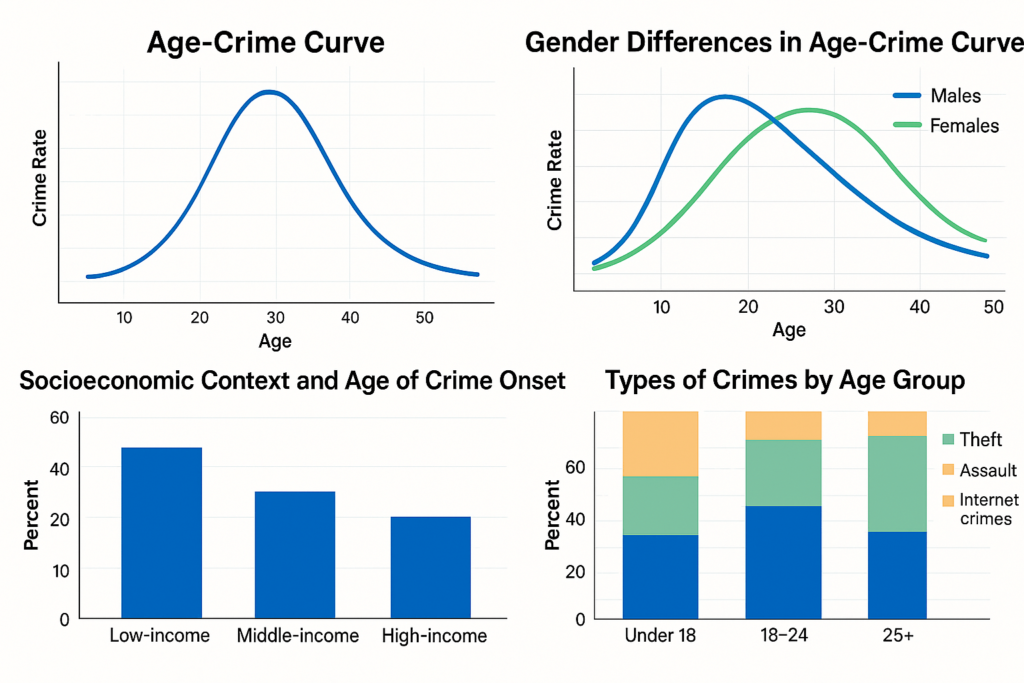
Cultural and Socioeconomic Variations
Although the general shape of the age-crime curve is consistent, the specific age at which the peak occurs and the magnitude of offending can vary depending on cultural and socioeconomic factors. For instance, in economically disadvantaged communities, early onset and prolonged involvement in criminal activities may be more prevalent due to limited access to education, employment, and supportive social networks.
Age-Crime Curve and Educational Attainment
Studies have shown that educational attainment plays a protective role in deterring delinquent behavior. Adolescents who remain in school and achieve academic success are less likely to engage in criminal activities. Conversely, school dropouts are statistically more inclined to exhibit criminal behavior during adolescence and early adulthood.
Age-Crime Curve and Employment Opportunities
The transition to stable employment is often a key factor in the desistance process. Employment not only provides financial stability but also reinforces social bonds and structured routines. Policies that support youth employment can thus help flatten the age-crime curve and facilitate a smoother transition into adulthood.
Policy Implications
Understanding the age-crime curve has important implications for criminal justice policy:
Juvenile Justice
Recognizing that most youths age out of crime naturally can influence sentencing and rehabilitation policies. Harsh punitive measures may not always be necessary or effective.
Prevention Programs
Targeting at-risk youth before the typical peak in offending can reduce overall crime rates. Programs focused on mentorship, education, and skill development are particularly effective.
Reentry Programs
For older offenders, support in securing employment and housing can aid desistance. Reentry programs tailored to the life stage of the individual enhance the likelihood of successful reintegration.
Criticisms and Limitations
Despite its widespread acceptance, the age-crime curve has faced some criticism:
Overgeneralization
Not all individuals follow the typical curve; some begin offending later in life or display irregular patterns of criminal behavior.
Neglect of Chronic Offenders
A small group of persistent offenders may skew the data and require distinct theoretical frameworks to understand their lifelong criminal involvement.
Changing Social Contexts
Shifts in technology, family structures, and education may influence the traditional curve. For example, cybercrime may show different age-related patterns than traditional street crimes.
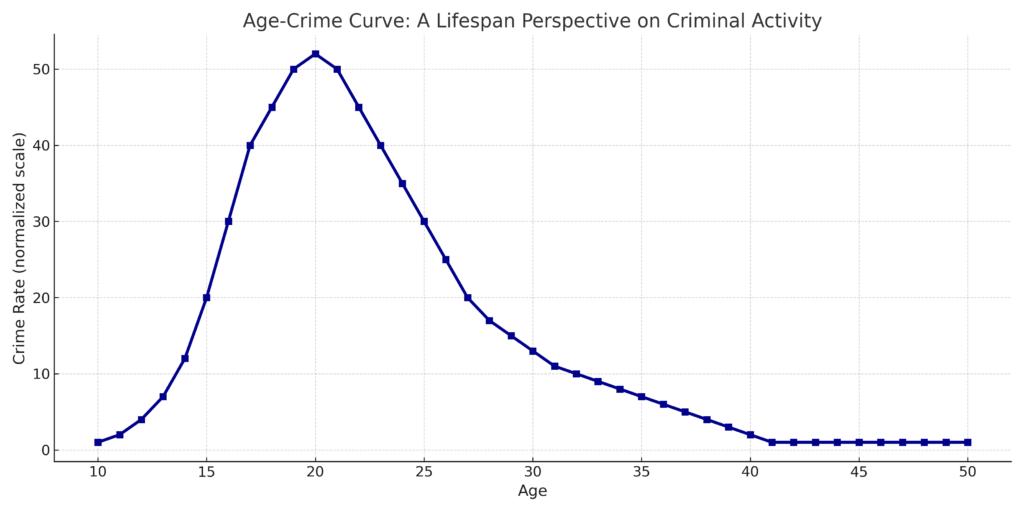
Emerging Trends and Future Research
As the social landscape evolves, so too does the nature of crime. Future research on the age-crime curve should consider:
- The impact of digital environments and social media on youth delinquency.
- Longitudinal studies tracking diverse populations to identify changes in the curve.
- The intersection of mental health and criminal trajectories across the life course.
Conclusion
The age-crime curve remains a foundational concept in criminology, highlighting the importance of age as a variable in understanding criminal behavior. While it offers a valuable framework, it must be integrated with nuanced theoretical perspectives and empirical data to inform effective criminal justice policies. As society continues to evolve, ongoing research is essential to adapt our understanding of the age-crime relationship and address the needs of diverse populations.
By aligning prevention, intervention, and rehabilitation strategies with the insights provided by the age-crime curve, stakeholders can work toward reducing crime and promoting safer communities.
